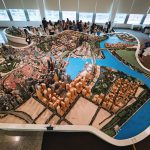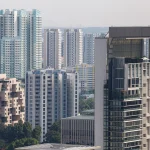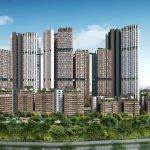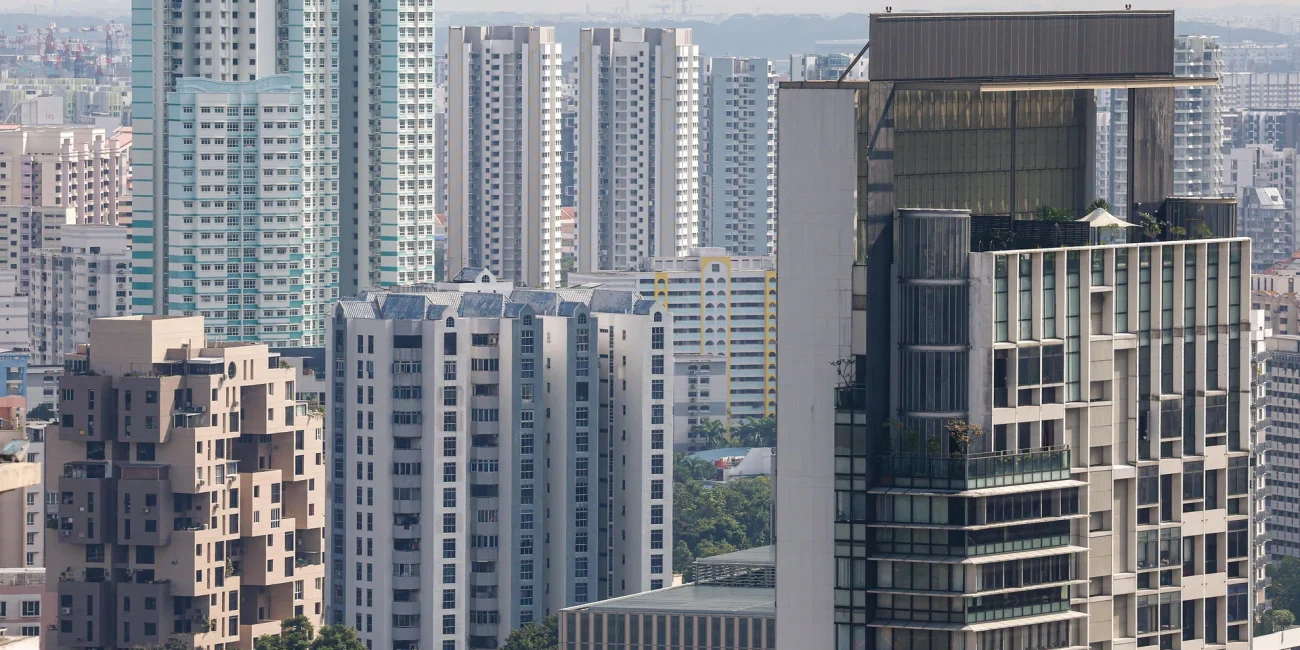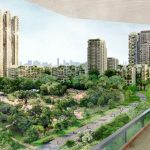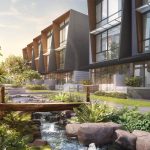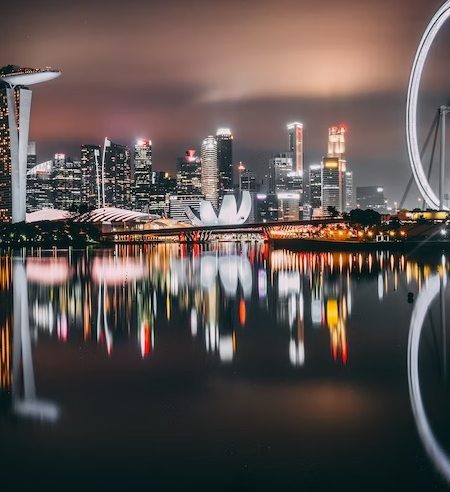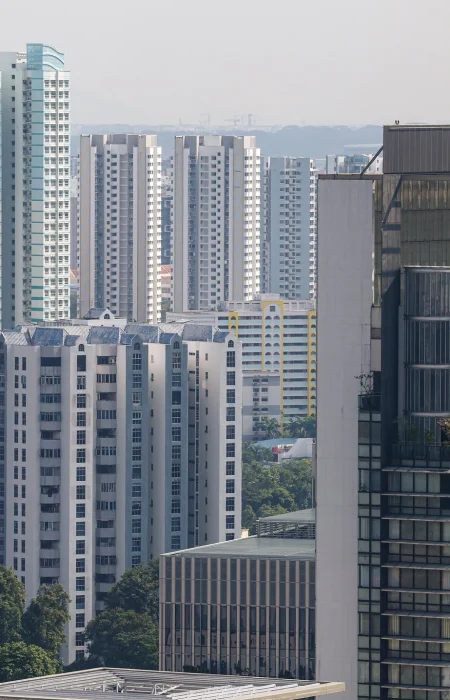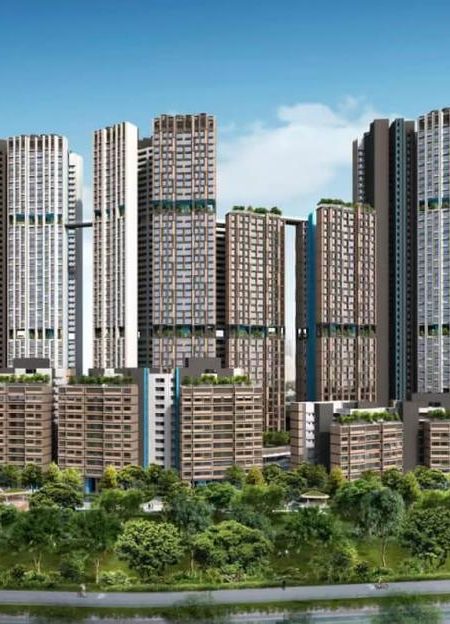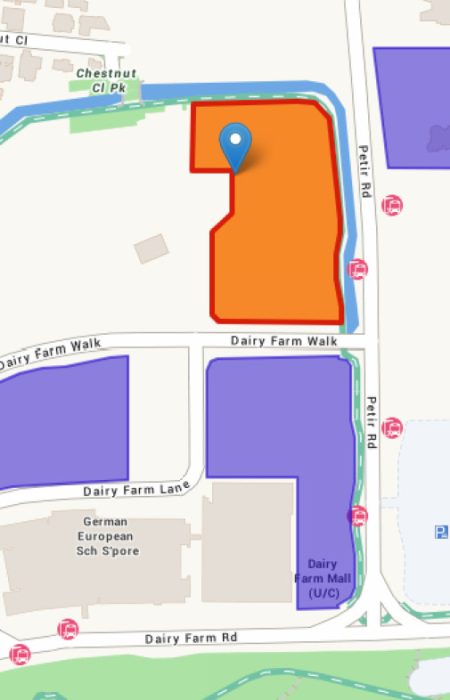1. Overview of Singapore’s HDB Market in 2025
Singapore’s Housing & Development Board (HDB) market in 2025 continues to play a vital role in providing affordable, quality homes for Singaporeans. While the private property sector experiences moderate growth, the HDB market is focusing on stabilizing prices, expanding supply, and improving accessibility for first-time homebuyers.
Government initiatives to increase the number of Build-to-Order (BTO) flats, combined with enhanced financing options, have resulted in a healthier, more balanced public housing market. The year 2025 marks a turning point where affordability, sustainability, and smart living technologies define the next generation of public housing in Singapore.
2. BTO Launches and Supply Expansion
One of the most notable developments this year is the government’s commitment to expanding the BTO supply. The Ministry of National Development (MND) and HDB have announced plans to launch over 23,000 new BTO flats across both mature and non-mature estates, ensuring accessibility for diverse household needs.
Key BTO launches in 2025 include:
- Tengah Park District: Smart eco-town projects with sustainable green features.
- Queenstown Renewal Projects: Centrally located flats attracting professionals and young couples.
- Woodlands and Tampines North: Offering affordable and spacious flats with excellent connectivity.
These projects focus on integrating smart technology, community spaces, and energy-efficient designs that align with Singapore’s long-term sustainability goals.
3. HDB Resale Market Trends
The HDB resale market in 2025 shows a stable yet competitive landscape. After several years of price escalation, resale prices are now levelling off, reflecting a more sustainable market environment.
The HDB Resale Price Index grew by around 1–2% in the first half of 2025, indicating steady demand without overheating. Flats in well-connected locations—especially near MRT lines, schools, and commercial hubs—continue to command higher premiums.
Buyers are focusing on long-term livability and amenities rather than short-term price appreciation. Meanwhile, sellers are adjusting expectations as market competition and new BTO launches provide more housing choices.
4. Key Factors Driving the 2025 HDB Market
Several critical factors are shaping the dynamics of Singapore’s HDB sector this year:
- Increased BTO Supply: More housing availability has eased resale market pressure.
- Economic Recovery: A steady job market and moderate income growth are improving buyer confidence.
- Affordability Schemes: Enhanced CPF housing grants and progressive loan structures help first-time buyers.
- Sustainability Drive: Green building features and solar-ready rooftops are standard in new projects.
- Smart Living Initiatives: Integration of IoT and digital monitoring systems for energy efficiency.
These factors collectively ensure that the HDB market remains both attractive and accessible to the majority of Singapore’s population.
5. Affordability and Financial Support
Affordability remains a cornerstone of Singapore’s public housing policy. In 2025, the government has introduced additional housing grants and flexible payment plans to support first-time homeowners and low- to middle-income families.
Key support measures include:
- Enhanced CPF Housing Grant (EHG): Up to SGD 80,000 for eligible buyers.
- Proximity Housing Grant (PHG): Encouraging families to live near parents or children.
- Staggered Downpayment Scheme: Allowing couples to spread payments over time, reducing financial stress.
These programs have successfully maintained HDB’s vision of providing inclusive, sustainable, and affordable housing for all.
6. Smart and Sustainable HDB Living
The year 2025 is witnessing a shift toward eco-friendly and tech-enabled public housing. Many new HDB projects feature solar panels, rainwater harvesting systems, and green rooftops to promote sustainability.
Additionally, HDB’s Smart Town Framework continues to expand digital features across estates, such as:
- Energy-efficient lighting and waste management systems.
- Smart home readiness (Wi-Fi-enabled devices, energy monitoring).
- Digital community platforms for residents’ engagement.
These advancements support Singapore’s vision of being a Smart Nation—where urban living is both connected and environmentally responsible.
7. Emerging Hotspots for HDB Flats
Certain towns and estates have emerged as top choices for buyers in 2025 due to accessibility, amenities, and growth potential:
- Tengah: Singapore’s first smart and sustainable town with eco-friendly housing.
- Punggol: Known for waterfront living and new community hubs.
- Tampines North: Rapidly developing with retail, parks, and schools.
- Woodlands: A growing regional hub with enhanced connectivity via the Thomson-East Coast Line.
- Toa Payoh: Mature estate undergoing rejuvenation with modern facilities.
These regions combine affordability with lifestyle appeal, making them prime options for new families and upgraders.
8. HDB Rental Market Trends
The rental market for HDB flats remains resilient in 2025. With a steady influx of foreign workers, students, and professionals, rental demand in central and fringe areas is strong.
Average HDB rental prices have risen slightly—by 1.5% to 2%—mainly in mature estates like Queenstown, Bishan, and Toa Payoh. Landlords benefit from consistent occupancy, while tenants prefer HDB flats for their affordability and community amenities compared to private rentals.
9. Challenges Ahead
Despite positive developments, some challenges persist in the HDB market:
- Rising construction costs affecting project completion timelines.
- Ageing flats in older estates requiring upgrading or lease renewal.
- Tight land availability for new developments in central areas.
The government is addressing these concerns through initiatives like the Voluntary Early Redevelopment Scheme (VERS) and Home Improvement Programme (HIP) to modernize ageing estates and extend their lifespan.
10. Future Outlook: The Next Phase of Public Housing
Looking forward, the HDB market is set for sustainable growth anchored in innovation and inclusivity. The focus will be on integrating smart technologies, enhancing community life, and maintaining affordability amid evolving lifestyles.
By 2026, we can expect further policy refinements to ensure home ownership remains accessible while balancing supply and demand. Singapore’s HDB framework continues to be a global model for effective urban housing management and social cohesion.
11. Conclusion
The 2025 HDB market paints a picture of stability, modernization, and inclusiveness. While resale prices stabilize, BTO supply expands, and smart-living initiatives evolve, Singapore’s public housing vision remains clear — every citizen should have access to affordable, quality homes.
For homebuyers, now is an opportune time to plan for long-term ownership, leveraging government grants and selecting locations with strong growth potential. As HDB continues to redefine public housing through innovation and community focus, the future of Singapore’s heartland living looks brighter than ever.

